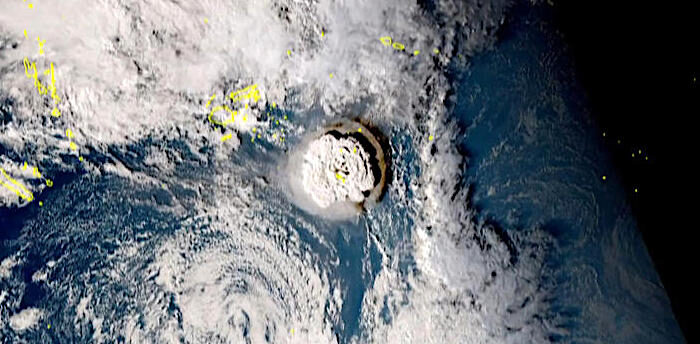
When the Hunga Tonga-Hunga Ha'apai volcano erupted on Jan. 15, it sent a tsunami racing around the world and set off a sonic boom that circled the globe twice. The underwater eruption in the South Pacific Ocean also blasted an enormous plume of water vapor into Earth's stratosphere - enough to fill more than 58,000 Olympic-size swimming pools. The sheer amount of water vapor could be enough to temporarily affect Earth's global average temperature.
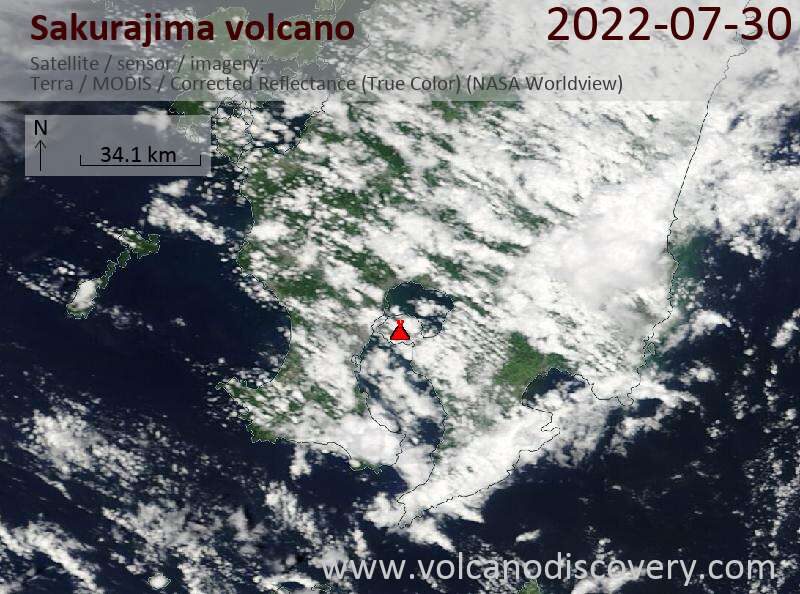
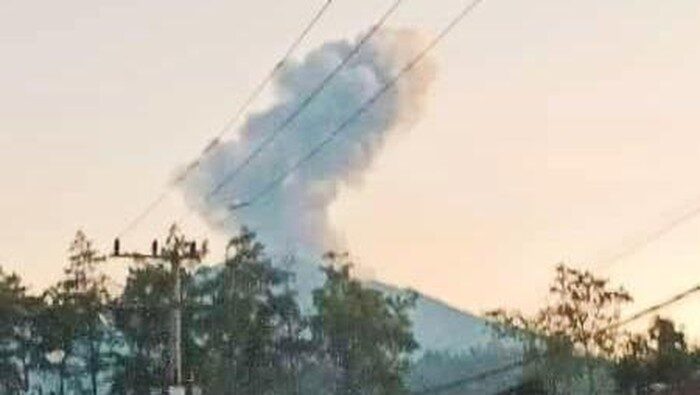
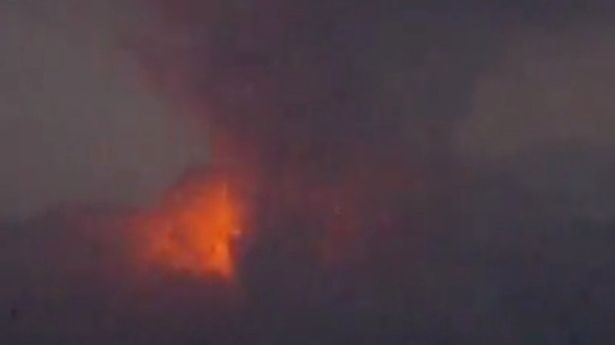

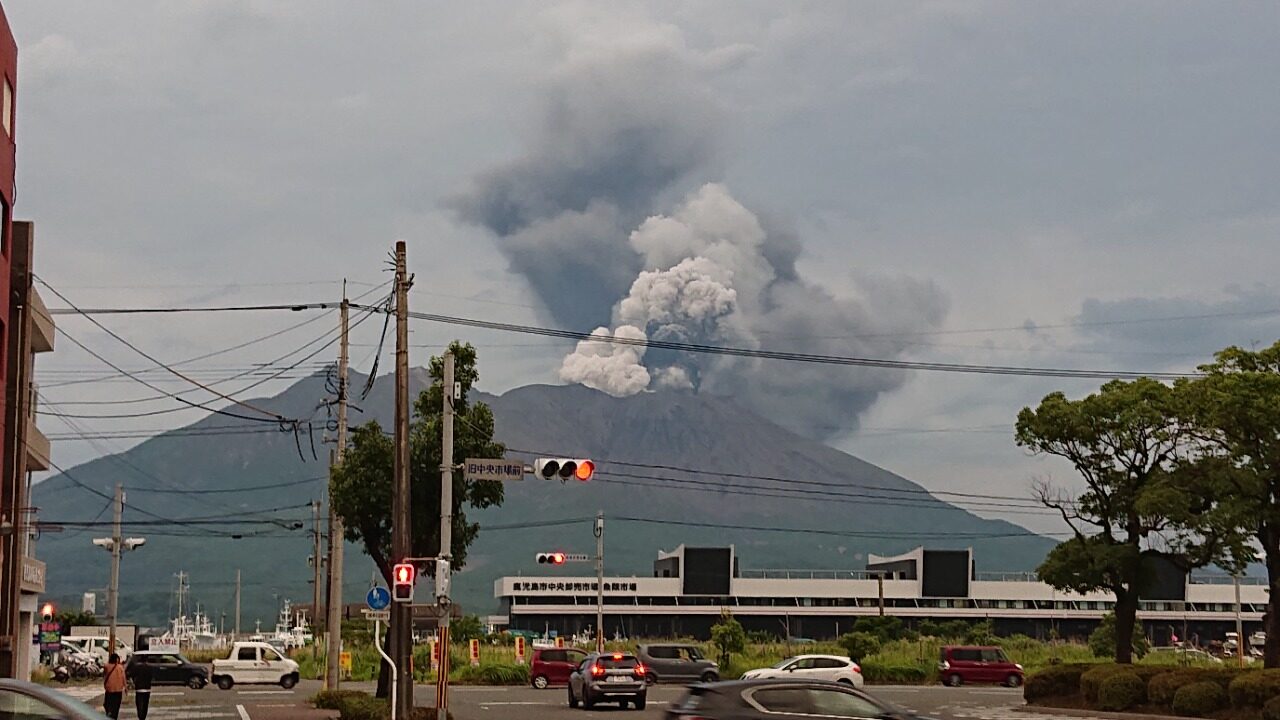
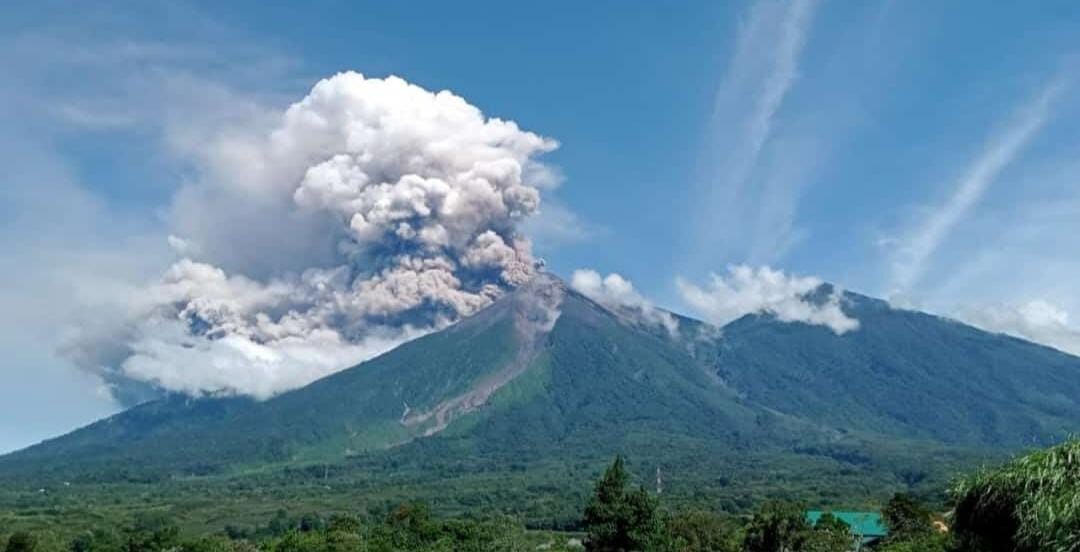
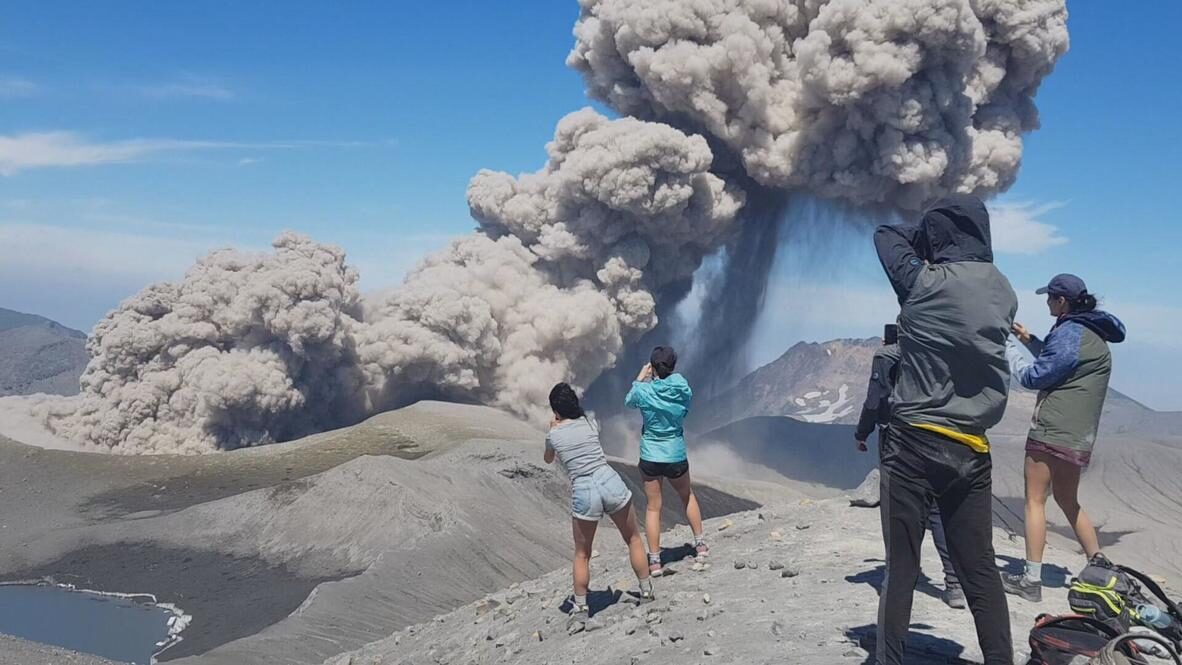
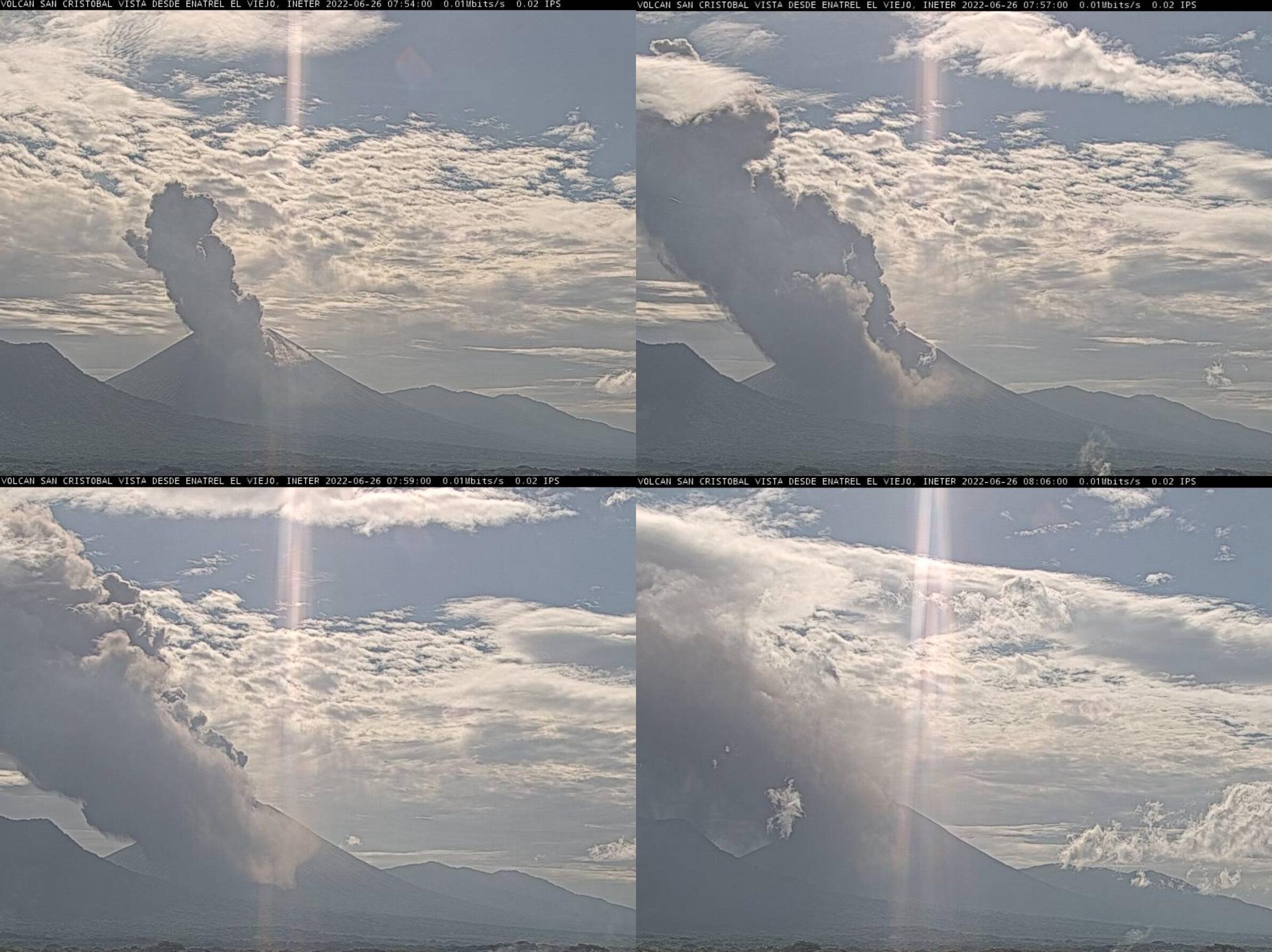
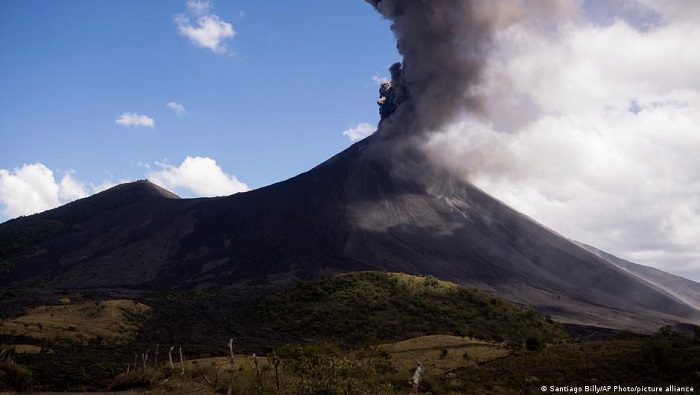



Comment: Details of the 2 other eruptions: Sakurajima volcano erupts on the island of Kyushu in western Japan on 24 July
Lava bombs as Sakurajima volcano erupts in Japan